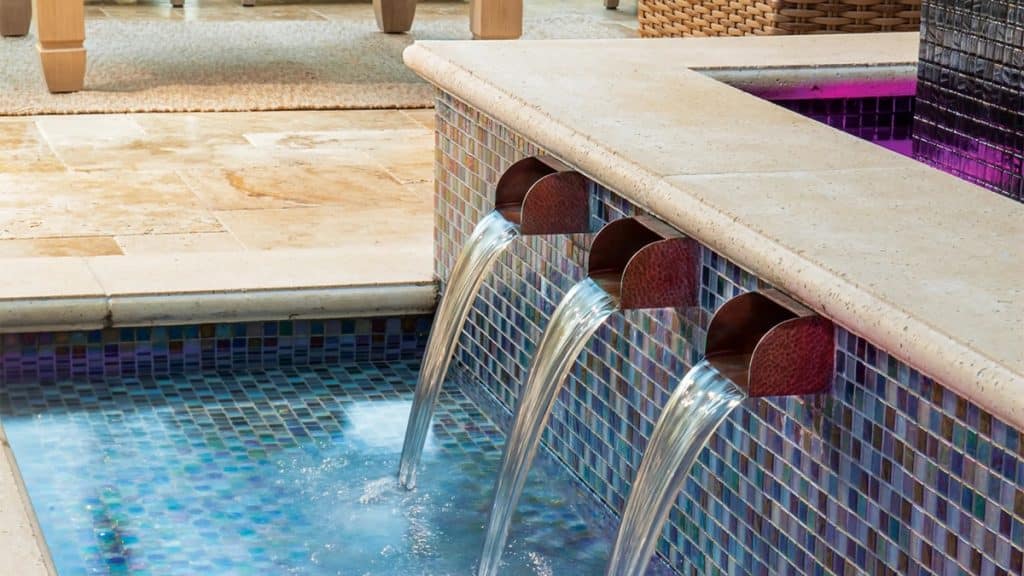Water scuppers are essential components in building and ship designs, playing a crucial role in water drainage. These devices allow water to escape from surfaces like rooftops and decks, preventing water accumulation that can cause damage. There are various types of water scuppers, each designed for specific needs and environments. In this article, we’ll explore the different types of water scuppers and their applications.
What Are Water Scuppers?
Water scuppers are openings or outlets installed on roofs, decks, and other flat surfaces to allow water to drain away efficiently. Without proper drainage, water can pool, leading to structural damage, leaks, and other issues. Water scuppers are vital for maintaining the integrity of buildings and ships by ensuring that water is quickly and safely removed.
Types of Water Scuppers
1. Through-Wall Scuppers
Through-wall scuppers are commonly used in commercial and residential buildings. They are installed in the parapet walls of flat roofs. These scuppers allow water to pass through the wall and drain away from the building. Through-wall scuppers are often equipped with a spout or chute to direct water flow away from the structure’s foundation, preventing erosion and water damage.
2. Overflow Scuppers
Overflow scuppers act as a secondary drainage system, providing an additional outlet for water if the primary drainage system fails or becomes overwhelmed. These scuppers are usually positioned higher than the primary drainage openings. They are crucial in preventing water from pooling on rooftops or decks, which can lead to structural stress and leaks.
3. Deck Scuppers
Deck scuppers are designed specifically for ships and boats. These scuppers are located on the deck, allowing water to drain off the surface quickly, especially during heavy rain or rough seas. Deck scuppers help maintain the stability and safety of the vessel by preventing water accumulation, which can affect the ship’s balance and performance.
4. Open Scuppers
Open scuppers are simple, unobstructed openings in the parapet walls or deck edges. They allow water to flow out freely without any restrictions. Open scuppers are often used in areas where large volumes of water need to be drained quickly, such as in heavy rain conditions. However, they may not be suitable for all environments, as debris can easily enter and clog the opening.
5. Closed Scuppers
Closed scuppers are designed with grates or screens to prevent debris from entering the drainage system. These scuppers are ideal for areas where leaves, branches, or other debris could clog the drainage path. Closed scuppers ensure that water flows freely while keeping the drainage system clear and functioning properly.
Choosing the Right Water Scupper
Choosing the right water scupper depends on a few things. You need to think about what the building or boat needs, the local weather, and how much rain or water you expect. For example, through-wall scuppers are good for buildings in places with a lot of rain, while deck scuppers are important for boats.
Installation and Maintenance
Installing water scuppers correctly and keeping them in good shape is very important. Make sure they are in the right spot and firmly in place to drain water well. Check and clean them regularly to avoid clogs and ensure they work properly.
Conclusion
Water scuppers are essential for draining water from buildings and ships. Knowing about the different types of water scuppers helps you choose the right one for your needs. Through-wall scuppers, overflow scuppers, deck scuppers, open scuppers, and closed scuppers each have their own benefits for different situations. Picking the right scupper, installing it properly, and keeping it well-maintained ensure that buildings and ships stay safe and last longer by managing water effectively.
